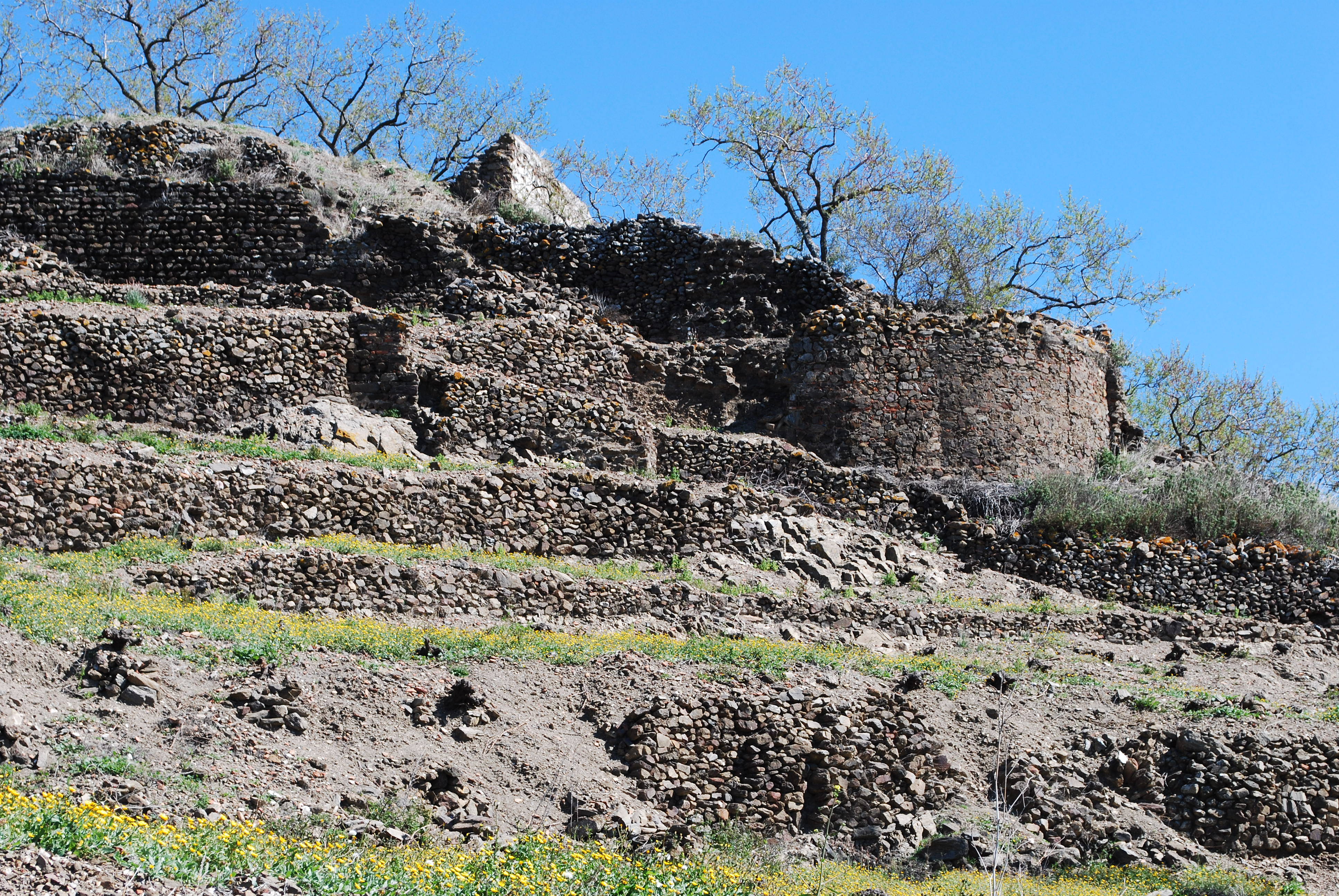Bentomiz Castle on:
[Wikipedia]
[Google]
[Amazon]
 Bentomiz Castle is an ancient Moorish fortress built on a hill near the village of Arenas in the province of Málaga. It sits at a height of , and lies to the northeast of
Bentomiz Castle is an ancient Moorish fortress built on a hill near the village of Arenas in the province of Málaga. It sits at a height of , and lies to the northeast of
 Bentomiz Castle is an ancient Moorish fortress built on a hill near the village of Arenas in the province of Málaga. It sits at a height of , and lies to the northeast of
Bentomiz Castle is an ancient Moorish fortress built on a hill near the village of Arenas in the province of Málaga. It sits at a height of , and lies to the northeast of Vélez-Málaga
Vélez-Málaga () is a municipality and the capital of the Axarquía comarca in the province of Málaga, in the Spanish autonomous community of Andalusia. It is the most important city in the comarca. Locally it is referred to as Vélez. Vélez ...
.
The castle site is thought to have been occupied by the Phoenicians, Greeks and Romans, although it is not clear which parts of the ruins date to which period. Roman baths have been found there. The berbers built on the existing structure.
The fortress, then called Munt Mās, was mentioned in the memoirs of Abdallah ibn Buluggin, ruler of the Taifa of Granada
The Taifa of Granada ( ar, طائفة غرناطة, rtl=yes, , es, Taifa de Granada) or Zirid Kingdom of Granada was a Berber Muslim kingdom which was formed in al-Andalus in 1013, following the deposition of Caliph Hisham II in 1009. The king ...
in the eleventh century.
He described it as a formidable stronghold.
The fortress surrendered to him during a civil war that he fought with his brother Tamim.
When Ferdinand II of Aragon reached the area en route to Vélez-Málaga, in the campaign that culminated in the Siege of Málaga (1487)
The siege of Málaga (1487) was an action during the Reconquest of Spain in which the Catholic Monarchs of Spain conquered the city of Mālaqa from the Emirate of Granada. The siege lasted about four months.
It was the first conflict in which ...
, the Granadan Sultan El Zagal brought a force to oppose them which he stationed around the Bentomiz castle.
The Moors attacked the Christian siege train during the night of 25 April 1487 but were repulsed, and in panic retreated towards Granada.
The castle was taken over by the Catholic Monarchs
The Catholic Monarchs were Queen Isabella I of Castile and King Ferdinand II of Aragon, whose marriage and joint rule marked the ''de facto'' unification of Spain. They were both from the House of Trastámara and were second cousins, being bot ...
in 1487 and maintained as a defensive post.
The castle is now ruined, but there are still towers, walls and underground chambers.
References
Citations Sources * * * * * {{refend Castles in Andalusia Buildings and structures in the Province of Málaga Ruined castles in Spain Moorish architecture in Spain